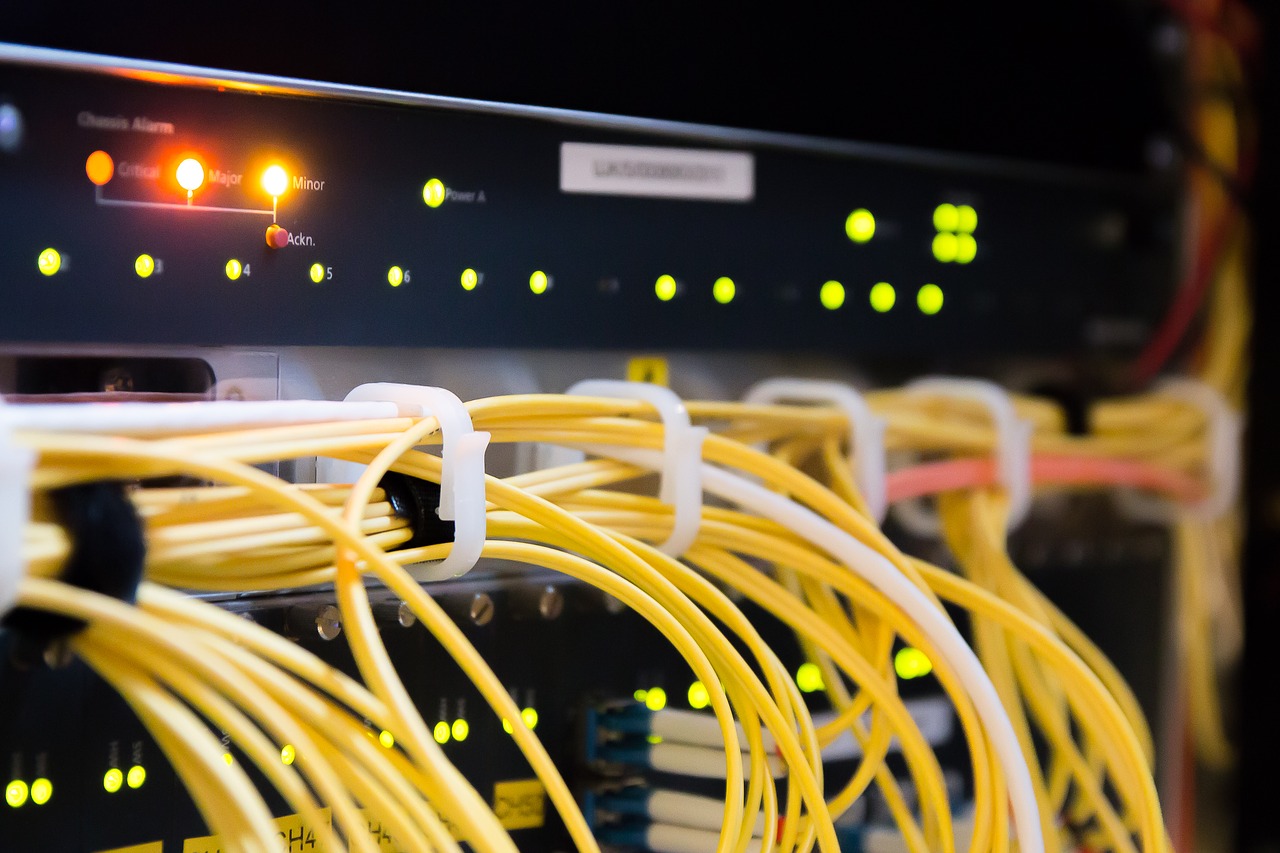Fiber Optic Corporate Level Solutions
Our fiber optic corporate level solutions are fully owned. Get highly competitive prices and service-level agreements fiber optic in Dubai.
An optical fiber or fiber is a glass or plastic fiber designed to guide light along its length. Fiber optics is the overlap of applied science and engineering concerned with the design and application of optical fibers. Optical fibers are widely used in fiber-optic communication, which permits transmission over longer distances and at higher data rates than other forms of communications. Fibers are used instead of metal wires because signals travel along them with less loss, and they are immune to electromagnetic interference. Optical fibers are also used to form sensors, and in a variety of other applications.
Benefits of Optical Fiber Cabling
Greater Bandwidth
Copper cables were originally designed for voice transmission and have a limited bandwidth. Fiber optic cables provide more bandwidth for carrying more data than copper cables of the same diameter. Within the fiber cable family, singlemode fiber delivers up to twice the throughput of multimode fiber.
Faster Speeds
Fiber optic cables have a core that carries light to transmit data. This allows fiber optic cables to carry signals at speeds that are only about 31 percent slower than the speed of light—faster than Cat5 or Cat6 copper cables. There is also less signal degradation with fiber cables.
Longer Distances
Fiber optic cables can carry signals much farther than the typical 328-foot limitation for copper cables. For example, some 10 Gbps singlemode fiber cables can carry signals almost 25 miles. The actual distance depends on the type of cable, the wavelength and the network.
Better Reliability
Fiber is immune to temperature changes, severe weather and moisture, all of which can hamper the connectivity of copper cable. Plus, fiber does not carry electric current, so it’s not bothered by electromagnetic interference (EMI) that can interrupt data transmission. It also does not present a fire hazard like old or worn copper cables can.
Thinner and Sturdier
Compared to copper cables, fiber optic cables are thinner and lighter in weight. Fiber can withstand more pull pressure than copper and is less prone to damage and breakage.
More Flexibility for the Future
AZ IT Solution make it possible to incorporate fiber into existing networks. The converters extend UTP Ethernet connections over fiber optic cable. Modular patch panel solutions integrate equipment with 10 Gb, 40 Gb and 100/120 Gb speeds to meet current needs and provide flexibility for future needs. The panels in these solutions accommodate a variety of cassettes for different types of fiber patch cables.
Lower Total Cost of Ownership
Although some fiber optic cables may have a higher initial cost than copper, the durability and reliability of fiber can make the total cost of ownership (TCO) lower. And, costs continue to decrease for fiber optic cables and related components as technology advances.


